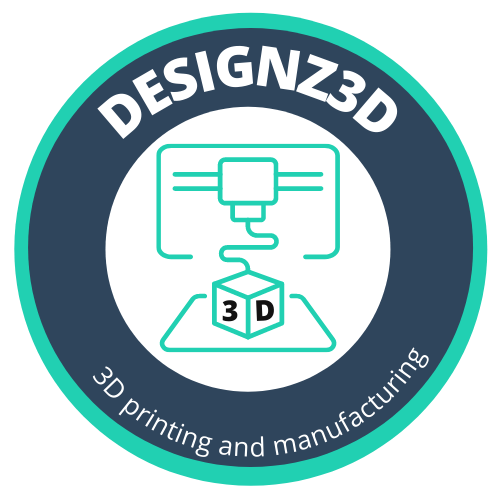In a world driven by speed, customization, and innovation, 3D printing has rapidly emerged as a preferred manufacturing method for businesses of all sizes—from startups to large enterprises. What was once seen as a tool for hobbyists has now become a cornerstone of modern manufacturing, and for good reason. Here’s why:
1. Speed to Market
Traditional manufacturing often involves long lead times, tooling, and setup costs. With 3D printing, designs can go from digital prototype to physical product in just hours or days. This rapid prototyping allows businesses to test, refine, and launch products much faster than ever before.
2. Cost-Effective for Short Runs
Unlike injection molding or CNC machining, which require high upfront costs for molds and tooling, 3D printing allows low-volume production without the added expense. This makes it ideal for startups, R&D teams, or niche product lines.
3. Design Freedom
3D printing isn't bound by the same rules as traditional methods. Intricate internal structures, organic shapes, and complex geometries that would be impossible or cost-prohibitive with other manufacturing techniques are easily achievable with additive manufacturing.
4. Customization and Personalization
The future of manufacturing is mass customization—and 3D printing delivers. From personalized products to one-of-a-kind parts tailored to specific use cases, additive manufacturing makes it easy to offer what customers truly want: unique solutions.
5. Sustainable Manufacturing
With minimal material waste and local, on-demand production, 3D printing supports eco-friendly practices. You only print what you need, reducing overproduction, shipping emissions, and raw material waste.
6. Supply Chain Resilience
The COVID-19 pandemic exposed major vulnerabilities in global supply chains. Businesses now seek decentralized, on-demand production, which 3D printing provides. Manufacturers can print parts locally, reducing reliance on overseas suppliers and lowering logistical risks.
7. Continuous Innovation
3D printing technology is evolving fast. From multi-material printing to bioprinting and metal additive manufacturing, the potential applications continue to expand—opening doors across industries like aerospace, healthcare, automotive, consumer goods, and more.
Conclusion: The Future Is Additive
3D printing has proven itself to be more than a trend—it's a transformative tool reshaping how we design, develop, and deliver products. As material options grow and printer technology advances, expect additive manufacturing to play an even bigger role in mainstream production.
Whether you're looking to prototype a new product, produce a custom part, or streamline your supply chain, 3D printing offers a flexible, scalable, and forward-thinking solution. That’s why more businesses are choosing it as their preferred manufacturing method.
Want to explore how 3D printing can revolutionize your workflow? Contact us at Designz3D—we’ll help bring your ideas to life with quality, speed, and precision.
